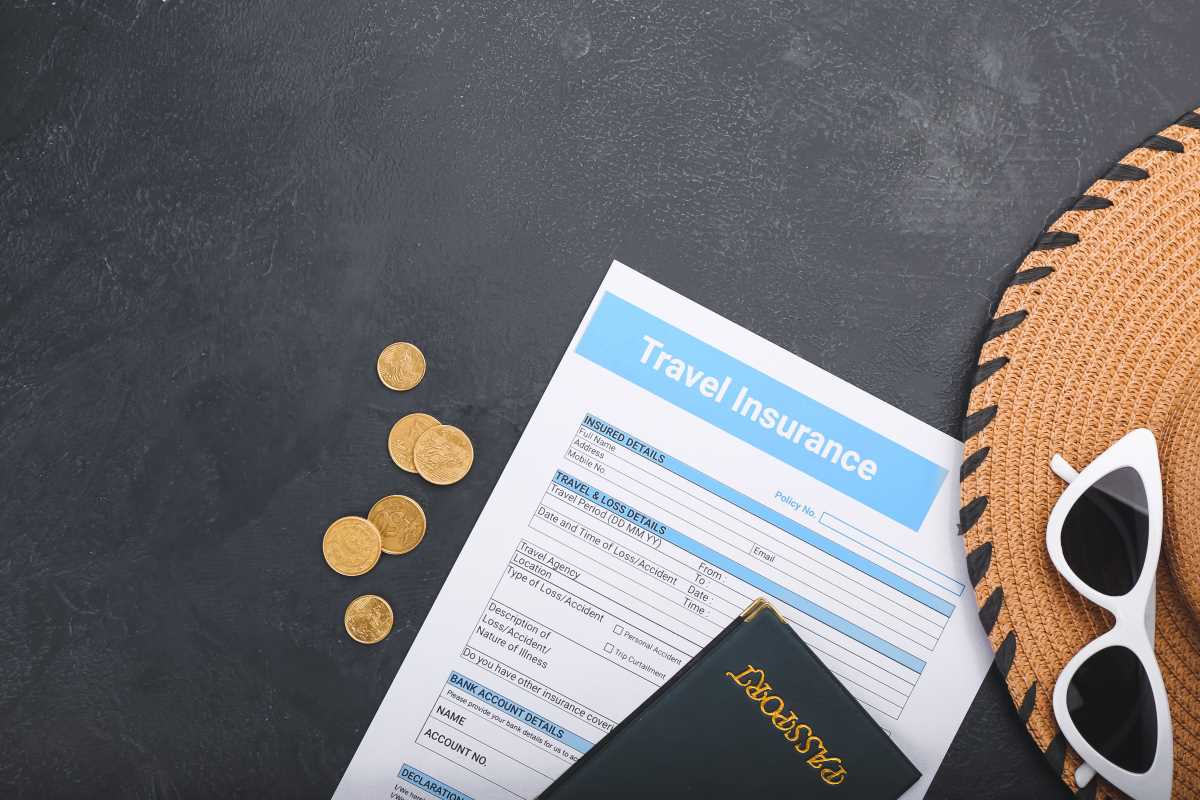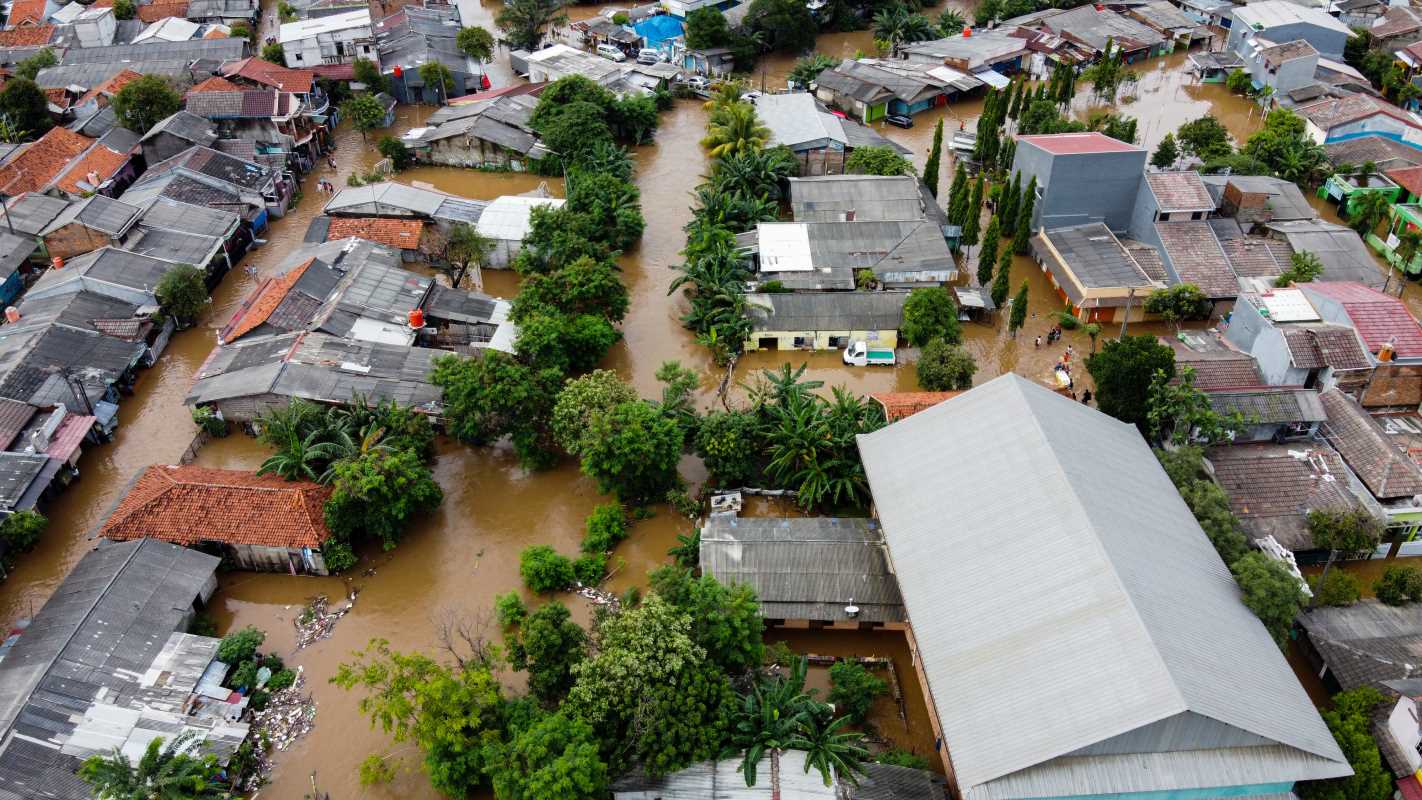Traveling for adventure brings excitement and unforgettable experiences, but it can also introduce unexpected risks that many overlook, particularly regarding insurance coverage. Travelers frequently believe their insurance will handle any situation, only to discover that certain events or activities fall outside their policy’s protection. These gaps may result in costly out-of-pocket expenses or even denied claims at the worst possible moment. By understanding where standard insurance policies may fall short and learning how to address these weak spots, you can safeguard your journey and enjoy your adventures with greater confidence and peace of mind.
Why Coverage Gaps Happen and Why They Matter
Coverage gaps in adventure travel insurance happen for a variety of reasons, often tied to the specifics of your activities or destinations. Insurance providers frequently exclude certain high-risk activities or require additional coverage, which many travelers overlook. When gaps exist, it means your insurance might not cover injuries, delays, or losses related to your adventurous pursuits. This can lead to costly situations that derail your trip or leave you financially responsible.
Understanding these gaps is crucial because they directly impact your peace of mind and financial security during your travels. For example, if you plan on scuba diving or mountain climbing, but your policy doesn’t explicitly cover these activities, you could encounter trouble when filing a claim. Recognizing what’s left out helps you prepare better and choose the right coverage options that match your plans. It’s better to find out about potential gaps before you hit the trails or dive into the water, rather than after an incident occurs.
To see how coverage gaps can impact your trip, check the details of your current policy and list activities that may not be fully covered. Make a bullet point list of the activities you plan to do, then verify whether your insurance includes those activities or if you need extra coverage. Doing this upfront saves you from unpleasant surprises later on.
How to Spot Potential Coverage Gaps
Start by carefully reading your policy’s fine print. Look for sections that specify which activities are covered and which are excluded. Many policies exclude extreme sports or adventure activities unless you pay extra. Also, check the geographic coverage to see if your destination is fully included. Some policies exclude certain countries or regions, especially if they’re considered risky.
Next, create a list of all the activities you intend to do during your trip. Cross-reference this list with your policy’s coverage details. If you find any activities that aren’t explicitly covered, consider adding them to your policy through an endorsement or rider. This way, you won’t have to worry about being denied coverage if something goes wrong.
Finally, review the policy’s exclusions related to medical treatment, evacuation, and repatriation. Insurance companies sometimes limit coverage for injuries sustained during high-risk activities. Knowing these limitations helps you decide whether you need additional protection or if you should modify your plans to stay within safe boundaries.
Steps to Ensure Complete Coverage for Adventure Travel
- Make a Detailed Activity List
- Action: write down all planned activities (hiking, zip-lining, scuba diving, etc.) and note their risk levels.
- Check: confirm if your current policy covers each activity or if extra protection is needed.
- Tip: ask your insurer about lesser-known activities not clearly listed in standard policies.
- Confirm Coverage Limits and Exclusions
- Action: review limits for medical expenses, evacuation, and lost belongings.
- Check: pay attention to exclusions for sports or remote locations.
- Tip: keep a copy of your policy handy for quick reference during travel.
- Purchase Necessary Add-Ons or Endorsements
- Action: buy endorsements for uncovered activities (e.g., mountain biking, scuba diving).
- Check: confirm coverage details and costs before purchase.
- Tip: ask about bundled adventure packages for multiple activities at a discount.
- Use a Detailed Checklist Before Departure
- Action: create a checklist covering activity verification, coverage limits, and additional protection.
- Check: review your list before leaving to ensure no gaps.
- Tip: set reminders to review your policy a few days prior, especially if plans change.
- Keep Records of Policy and Coverage Details
- Action: store digital and printed copies of policy documents and insurer contact info.
- Check: ensure quick access in case of emergencies or claims.
- Tip: share insurer contact details with a trusted family member or friend for extra support.
Review your adventure travel insurance, including your activities and coverage limits, to avoid unexpected costs and hassles. With a little preparation, you can enjoy your adventures knowing you have the protection you need.







